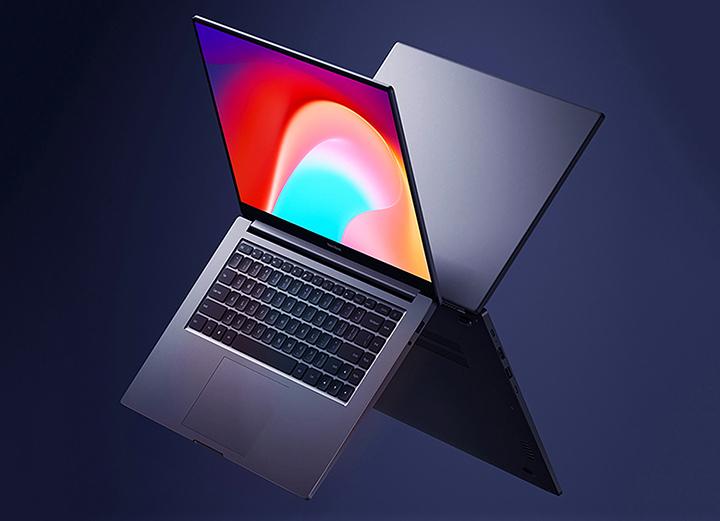The Basics of Laptop Dimensions
Choosing the right laptop is a decision that often hinges on understanding the various sizes available in the market. Unlike measuring TVs and monitors, which are measured diagonally across the screen, laptop size measurement is a bit more complex due to its three-dimensional nature. The most common dimension used to classify laptops is the screen size, which is the length of the diagonal of the screen, typically measured in inches. This measurement does not include the bezel (the frame around the screen), but only the screen itself.
Laptop sizes generally range from 11 inches to 17 inches, with several options in between, such as 13.3 inches, 14 inches, and 15.6 inches. However, the screen size alone doesn’t provide a complete picture of how large the laptop will be. Other crucial dimensions include width, depth, and height, which are also typically measured in inches. The width is measured from the left to the right side, depth from the front to the back, and height when the laptop is closed from the bottom to the top hinge.

Identifying the Right Size for Your Needs
Before you can find the perfect laptop size, you need to understand your specific needs. If portability is your priority, a smaller-sized laptop, like an 11 to 13-inch ultrabook, may be the best option. These are typically lighter and easier to carry around. If you’re a professional working with graphics or video editing, a larger screen, such as a 15 or 17-inch model, can provide the display real estate needed for such tasks.
To evaluate laptop size accurately, consider the following factors:
Portability
Smaller laptops are more portable but may have less power and fewer features compared to larger ones.
Performance Needs
High-performance laptops tend to be larger to accommodate better hardware and cooling systems.
Usage Patterns
If you often use your laptop on the go, a smaller, more compact laptop is practical. However, if you plan to use it as a desktop replacement, a larger size might be more suitable.
Keyboard and Trackpad Size
Larger laptops typically offer more room for a comfortable keyboard and a larger trackpad, which are important if you type or use the cursor frequently.
Understanding How Size Affects Functionality
Laptop size not only influences the ease of carrying it around but also its functionality. A larger laptop size often translates to more space for powerful components such as higher-capacity batteries, larger fans for better cooling, and more expansive ports selection. This is especially important for users who require high-performance systems for gaming, content creation, or intensive computational tasks.
Conversely, smaller laptops may sacrifice some performance features for the sake of compactness and battery life. For example, they might sport lower-powered CPUs to manage heat dissipation and power consumption effectively. Moreover, they may have fewer ports, necessitating the use of adapters or docking stations for connectivity.
Measuring for Cases and Bags: Ensuring a Perfect Fit
Once you’ve decided on the ideal laptop size for your needs, the next step is to find a case or bag that fits perfectly. When shopping for a laptop case, you must consider the laptop’s width, depth, and height measurements rather than the screen size alone. This ensures that the laptop will snugly fit into the case without moving around during transit, providing better protection.
It’s also worth noting that some laptops might have an unusual design or additional components like extended batteries that add to their overall dimensions. Always measure your laptop yourself or check the manufacturer’s specifications to ensure you’re selecting the correct case size. Padding and internal compartments are also important considerations for a case or bag, as they provide extra protection and space for accessories.
In conclusion, understanding laptop sizes is critical for choosing the right device for your needs and ensuring it fits into your lifestyle and workflow. By taking into account the various dimensions and how they affect functionality and portability, as well as ensuring you have the correct case size for protection, you can make an informed decision that aligns with your personal or professional requirements. Remember, the goal is to strike the perfect balance between size, performance, and convenience.